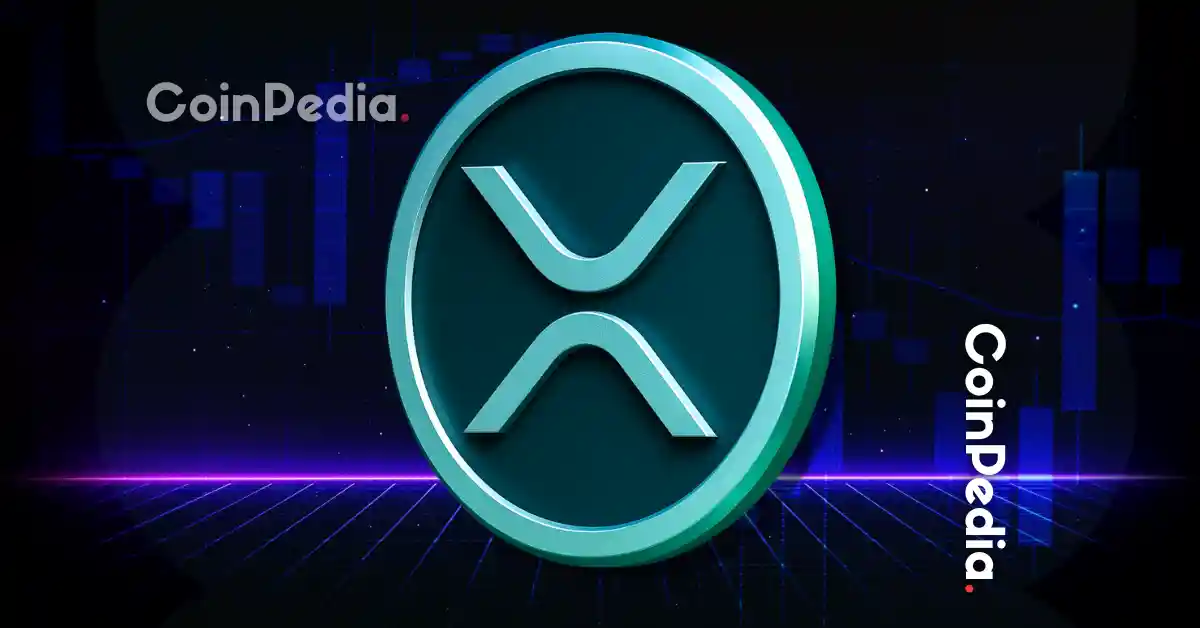Wellgistics Health and XRP: A Strategic Revolution in Healthcare
Introduction: The Intersection of Healthcare and Blockchain
The healthcare industry is undergoing a digital transformation, with blockchain technology emerging as a key driver of innovation. Among the companies at the forefront of this shift is Wellgistics Health (NASDAQ: WGRX), which has made a bold move by integrating XRP, the digital asset developed by Ripple Labs, into its operations. This strategic adoption is not just about financial speculation—it represents a fundamental shift in how healthcare payments, supply chain management, and cross-border transactions could be conducted. By leveraging the XRP Ledger (XRPL), Wellgistics Health aims to enhance efficiency, reduce costs, and improve financial flexibility. However, this move also comes with risks, including regulatory uncertainty, market volatility, and security concerns. This analysis explores the strategic implications of Wellgistics Health’s XRP adoption, examining its potential benefits, challenges, and long-term viability.
The Strategic Advantages of XRP in Healthcare
1. Faster and Cheaper Transactions
One of the most compelling reasons for Wellgistics Health’s adoption of XRP is its ability to facilitate near-instant and low-cost transactions. Traditional payment systems, such as bank transfers and credit card processing, often involve delays of days and high fees. In contrast, XRP transactions settle in approximately three seconds, making it ideal for healthcare payments, where speed and efficiency are critical.
– Healthcare Payments: Faster settlements mean quicker reimbursements for providers and reduced administrative burdens. Insurance claims, which typically take weeks to process, could be resolved in real time, improving cash flow for healthcare providers and reducing patient wait times.
– Supply Chain Efficiency: Wellgistics Health can use XRP to pay suppliers instantly, reducing working capital requirements and improving liquidity. This is particularly valuable in the healthcare sector, where timely payments are essential for maintaining supply chain integrity.
– Cross-Border Transactions: For healthcare providers operating internationally, XRP offers a cost-effective alternative to traditional wire transfers, which are slow and expensive. This could be particularly beneficial for pharmaceutical supply chains and medical tourism.
2. A Strategic Reserve for Financial Flexibility
Wellgistics Health’s decision to establish an XRP-based strategic reserve goes beyond mere speculation. By holding XRP as part of its treasury, the company gains several financial advantages:
– Collateral for Loans: XRP can be used as collateral to secure loans, providing Wellgistics Health with additional liquidity without diluting equity.
– Yield Generation: The company can stake its XRP holdings to earn passive income, further enhancing its financial position.
– Hedging Against Currency Fluctuations: In a globalized healthcare market, XRP can act as a hedge against currency volatility, particularly in regions with unstable economies.
The Role of the XRP Ledger in Healthcare Innovation
The XRP Ledger (XRPL) is not just a payment network—it is a decentralized, open-source blockchain designed for speed, security, and programmability. These features make it particularly well-suited for healthcare applications:
– Transparency and Auditability: All transactions on the XRPL are publicly recorded, ensuring transparency in financial dealings. This is crucial for compliance and fraud prevention in healthcare.
– Security and Decentralization: The XRPL’s decentralized nature makes it resistant to censorship and single points of failure, enhancing security for sensitive healthcare data.
– Smart Contracts for Automation: The XRPL supports smart contracts, which can automate complex processes such as insurance claim adjudication, patient record management, and pharmaceutical supply chain tracking.
Investor Confidence and Market Implications
The recent investment by Prince Abdulaziz of the Saudi Royal Family into an XRP-based digital asset treasury within VivoPower—a company linked to Wellgistics Health’s strategy—has added credibility to the initiative. This high-profile backing suggests confidence in the long-term potential of XRP in healthcare, potentially attracting further investment and partnerships.
However, the adoption of XRP also carries risks that Wellgistics Health must carefully manage:
– Regulatory Uncertainty: The legal status of XRP varies by jurisdiction, and regulatory changes could impact its usability.
– Market Volatility: XRP’s price fluctuations could affect the value of Wellgistics Health’s strategic reserve.
– Security Risks: While the XRPL is secure, cyber threats remain a concern, requiring robust security measures.
– Adoption Barriers: Convincing healthcare providers, insurers, and patients to embrace XRP may require significant education and infrastructure development.
Conclusion: A Bold Step Toward a Blockchain-Enabled Future
Wellgistics Health’s adoption of XRP represents a forward-thinking approach to healthcare finance, leveraging blockchain technology to enhance efficiency, reduce costs, and improve financial flexibility. While challenges remain, the potential benefits—faster payments, streamlined supply chains, and new financial opportunities—make this a strategic move worth watching.
The success of this initiative will depend on Wellgistics Health’s ability to navigate regulatory hurdles, manage market risks, and demonstrate tangible improvements in healthcare operations. If executed effectively, this could set a precedent for blockchain adoption in the healthcare industry, proving that digital assets are not just speculative tools but powerful enablers of innovation. The future of healthcare finance may well be shaped by companies like Wellgistics Health, daring to redefine the status quo with blockchain technology.





